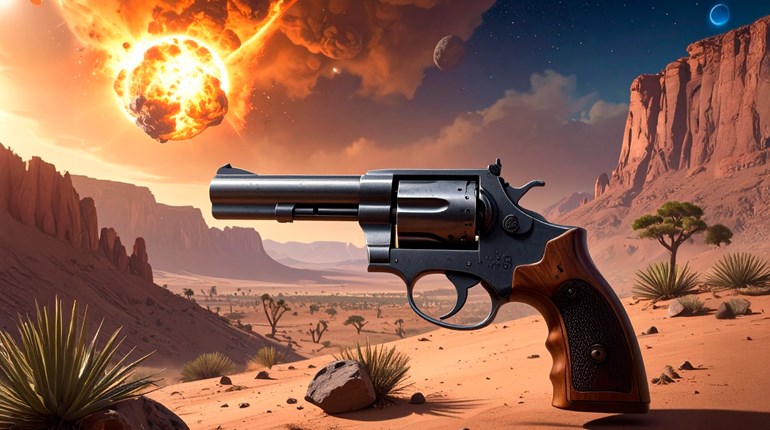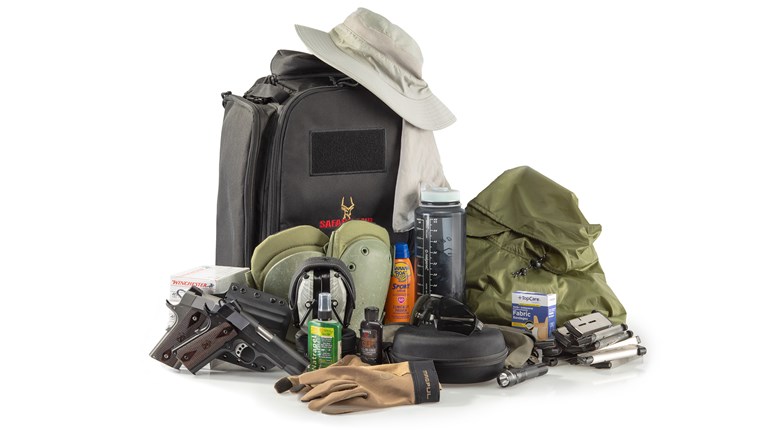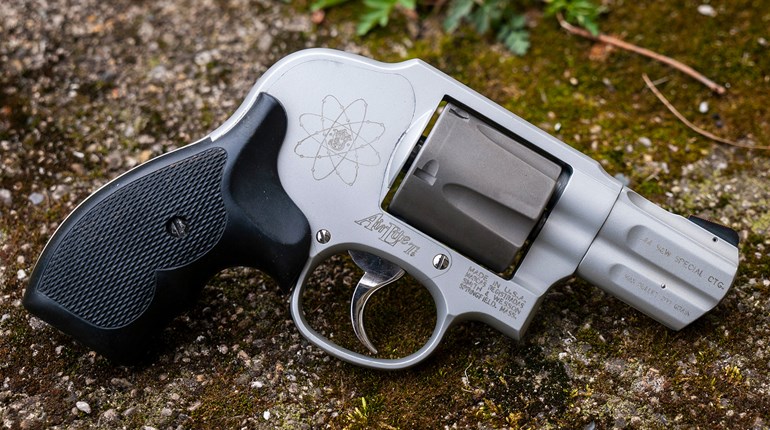
Using either a heavier or lighter spring may be OK for competition, but for personal protection it’s best to stay with the factory-provided version or a spring of the same rating.
The urge to modify our stuff to make it work better is a very natural one. From cars to computers, whole aftermarket industries have sprung up around selling gizmos for the DIY tinkerer to use in making their existing hardware faster, more powerful, more—well, more better. Handguns are certainly no exception to this rule.
In fact, a novice handgun buyer could be forgiven if they were to get home from the neighborhood gun store, sit down at the computer to search out a firearm-specific forum and immediately feel like their shiny new purchase is somehow incomplete unless they immediately set about modifying it.
Fortunately, unless they happen to have a Dremel tool ready at hand, there aren’t many modifications they could perform right then and there that would permanently harm the blaster. Nonetheless, not even modest modifications without such drastic potential for bad results are entirely without their potential downsides. Some of the most frequently suggested and easily performed modifications involve springs, and while their purported benefits can be easy for the novice to see, their downsides can be a whole lot less apparent.
As a for-instance, take the issue of recoil springs in semi-automatics. In more potent chamberings, 10 mm and that sort, the novice may find themselves counseled to buy a “heavier” recoil spring (one that requires greater force to compress) in order to avail themselves of higher-power ammunition from boutique manufacturers or hot handloads. These heavier springs provide greater force resisting the rearward motion of the slide and theoretically reduce the amount of battering the frame suffers in recoil.
The thing is, the term “recoil spring” is not a perfect descriptor of the primary function of the spring in question. Yes, it absorbs the energy of the slide as it travels rearward in recoil, but the reason it does this is because it then uses that stored energy to force the slide back into battery, stripping the next cartridge from the magazine in the process. This, of course, is what makes a “semi-automatic” firearm semi-automatic.
That heavier spring may spare the frame a jarring shock as the slide bottoms out moving to the rear, but it’s now subjecting the locking surfaces of the barrel and slide to greater forces as it slams the slide closed with more authority. As the aphorism goes, TANSTAAFL: There Ain’t No Such Thing As A Free Lunch.
If the shadetree gun mechanics of the internet seem to encourage fiddling with recoil springs on semi-autos, it’s nothing compared with the temptations faced by the new owner of a double-action revolver. You’d think that revolver manufacturers had no idea what springs they should put in their guns. Part of this is caused by the weight of the trigger pull on a double-action wheelgun. Of necessity, this is going to be heavier than a double-action semi-auto for a simple reason: With the semi-auto, the shooter’s trigger finger is providing the force to cock the hammer and load the spring that will allow the trigger to return forward. With the DA revolver, not only is the shooter’s trigger finger performing these functions, but it is also providing the force required to rotate the cylinder far enough to position the next chamber under the hammer.
While very little can be done by the end user to reduce the force required to turn the cylinder, various manufacturers sell reduced-power mainsprings, as well as lighter replacements for the spring that resets the trigger (this answers to several names, like “trigger guard latch spring” on Rugers and “rebound spring” on Smith & Wessons).
While the effect on reducing the effort required to pull the trigger will be noticeable to any novice shooter, the potential lurking downsides to fiddling with these springs are much less so.
With the mainspring lightened, what suffers will be ignition reliability. The primers on commercial ammunition come in an array of hardnesses, ranging from fairly soft commercial Federal primers to those made by some overseas manufacturers who don’t distinguish between primers intended for commercial or military use, and therefore make them all harder than woodpecker lips.
This is no big deal if you can guarantee you’ll always have ammo with soft primers ready in hand. In an ammo drought, however—where you’re reduced to buying steel-case fodder from Kyrgyzstan or someplace—that light trigger pull won’t do much good if your wheelgun can’t reliably bust a cap.
The problem with lightening the trigger return or rebound spring is that once the shooter learns to fire at anything faster than a snail’s pace, they’ll quickly find that their trigger finger can “outrun” the trigger. In other words, they’re ready to fire the next shot and are pulling the trigger before the trigger has fully reset, binding up the action. Some competitors even opt for extra-power rebound springs to prevent this.
It’s not like there’s no valid purpose for aftermarket springs in handguns; reputable companies wouldn’t be making and selling them if there weren’t. A handgun, however, is a more complex machine than it might appear at first glance; before the consumer goes tinkering with it, it’s important to understand what the modifications do, and whether they’re necessary for the job at hand.




































